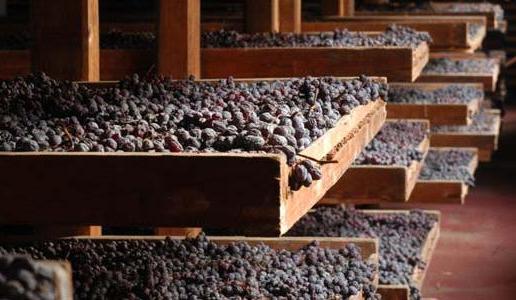The era of Amarone

Amarone della Valpolicella is an Italian wine that is winning over high-profile markets the world over even if some wine lovers may snub it.
If you ever come across a wine lover who was “blinded by the Light” on the road to Beaune, and who is thus afflicted with “chronic Burgundy-itis”, you will find that just the word “Amarone” will provoke an expression between disgust and surprise. The latter because you dared pronounce the name of that wine that, for them, is so inelegant, too alcoholic and, above all, made from rasinated grapes and thus not worthy of consideration.
These are people who are unable to understand see how the world turns because if there is an Italian wine that is winning over high-profile markers on an international scale it is Amarone. So much so, in fact, that it is replacing, in regard to style and character, those “neo-Bordeaux” wines that have ruled the roost for the past few decades in the New World as well as in Italy with the so-called Super Tuscans, which are inspired by the style of Bordeaux blends.
Times and tastes change and now full-bodied reds that are soft and high in alcohol and have a little sugar residue have become, especially in the Far East and thus the new markets, a point of reference for the big spenders in those countries and elsewhere. In fact, more and more famous California and Australian wines, even those made with Cabernet or Syrah, are being made with riper grapes and have a noticeable sugar content. The better Chinese wines also have these characteristics and all of them are increasingly more similar to an Amarone than a classic Bordeaux.
What this all basically means is that the prevailing style in these areas is that of Amarone and it is becoming a point of reference comparable to what was, and in large part remains, the Grand Cru Classé Haut Medoc. This phenomenon is already evident in regard to the prices for Amarone that have skyrocketed to levels unimaginable only a decade ago, with the exception of Quintarelli and Dal Forno which were already well on the rise.
Amarone is having international success despite the wine snobs who continue to look down upon it and refuse to recognize the market phenomena that some Italian wines are having. And so, whether you like these wine or not, you cannot deny that their success is something to be reckoned with despite personal tastes and, like it or not, it is more than likely that the great reds of the future, the ones that appeal to the tastes of Russian or Chinese wine lovers, will be much more similar to an Amarone than a Chateau Lafitte, even if some wine snobs may turn their nose up at it.

 Italiano
Italiano







